When it comes to medication handling and storage, understanding the proper guidelines is essential for ensuring safety and effectiveness. Whether you're a caregiver, a healthcare professional, or someone managing your own medications, knowing how to store them correctly can make all the difference. From temperature control to keeping medications out of reach of children, these practices are vital for keeping everyone safe. Curious about the detailed steps and best practices? Read on to discover more!
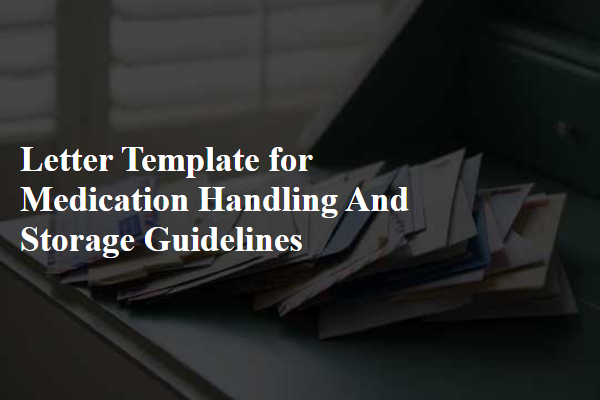
Specific storage temperature requirements
Medications require specific storage temperature requirements to ensure efficacy and safety. Most pharmaceuticals, such as insulin (typically needs refrigeration at 2-8 degrees Celsius), must be stored within designated temperature ranges to remain effective. Certain antibiotics like amoxicillin are recommended to be kept at room temperature (15-30 degrees Celsius) to avoid degradation. Biological products, including vaccines, necessitate constant monitoring, ideally in refrigerators with temperature controls that provide alerts for deviations. Furthermore, improper storage conditions can lead to reduced potency and potential health risks, signifying the importance of adhering to the manufacturer's specifications and regulatory guidelines. Regular checks of storage areas, including the use of temperature logs or digital monitoring systems, safeguard against accidental temperature fluctuations that could compromise medication integrity.
Secure and restricted access to medications
Proper medication handling and storage guidelines are essential for ensuring safety and efficacy, especially in healthcare settings like hospitals and pharmacies. Medications should be stored in a secure area, accessible only to authorized personnel, to prevent unauthorized access and misuse. Temperature-controlled environments (generally between 20 to 25 degrees Celsius for most medications) must be maintained to preserve effectiveness. Critical medications, such as controlled substances, require locked cabinets with restricted access logs and surveillance measures to monitor access. Regular audits (conducted monthly) should be implemented to ensure compliance with safety protocols and to check for expired medications. Correct labeling and clear signage should be utilized to guide staff and maintain organization in medication storage areas.
Proper labeling and identification procedures
Proper labeling of medications is crucial to ensure safe handling and storage in healthcare settings. Each medication, including prescription drugs and over-the-counter products, should have a clearly visible label that includes the name of the medication, dosage instructions, expiration date, and storage requirements. For instance, refrigerated medications must display a "Refrigerate" label, while those that need to remain at room temperature require a "Store at 20-25degC" label. Additionally, use color-coded labels to differentiate between high-alert medications, such as anticoagulants, and regular medications, further enhancing visibility and reducing the risk of medication errors. It's also essential to maintain a designated area for each type of medication, organized by categories, to streamline retrieval and minimize mix-ups. Regular audits of medication storage areas should be conducted to ensure compliance with labeling procedures and proper medication inventory management.
Procedures for managing expired medications
Expired medications pose significant health risks if not managed properly. It is imperative to adhere to established procedures for their disposal. Expiration dates (usually noted on the packaging) indicate that the efficacy and safety of the medications may be compromised post these dates. Local regulations often require that expired pharmaceuticals be returned to designated take-back locations, such as pharmacies or community health events, ensuring environmentally safe disposal. Additionally, some regulations mandate that expired medications be segregated from active inventory to prevent accidental dispensing. The United States Drug Enforcement Administration (DEA) advises against disposing of medications in household trash or flushing them down toilets, as this can lead to contamination of water supplies. Proper documentation of disposed medications is crucial for maintaining compliance and safety standards in healthcare facilities. Responsible handling and storage of medications contribute significantly to public health and safety.
Documentation and record-keeping systems
Proper medication handling and storage guidelines are essential for ensuring the safety and efficacy of pharmaceuticals, particularly in healthcare settings such as hospitals and pharmacies. Documentation practices (detailed record-keeping systems) involve maintaining accurate logs of medication inventories, including expiration dates, lot numbers, and storage conditions. Temperature-controlled environments (between 2 to 8 degrees Celsius for refrigerated medications) must be monitored regularly to prevent degradation. Storage areas should be organized to easily identify controlled substances and high-risk medications, ensuring compliance with regulations from entities like the Drug Enforcement Administration (DEA) and the Food and Drug Administration (FDA). Additionally, staff training on proper handling techniques--such as using personal protective equipment (PPE) and following aseptic procedures--reduces the risk of contamination and medication errors, ultimately protecting patient safety.

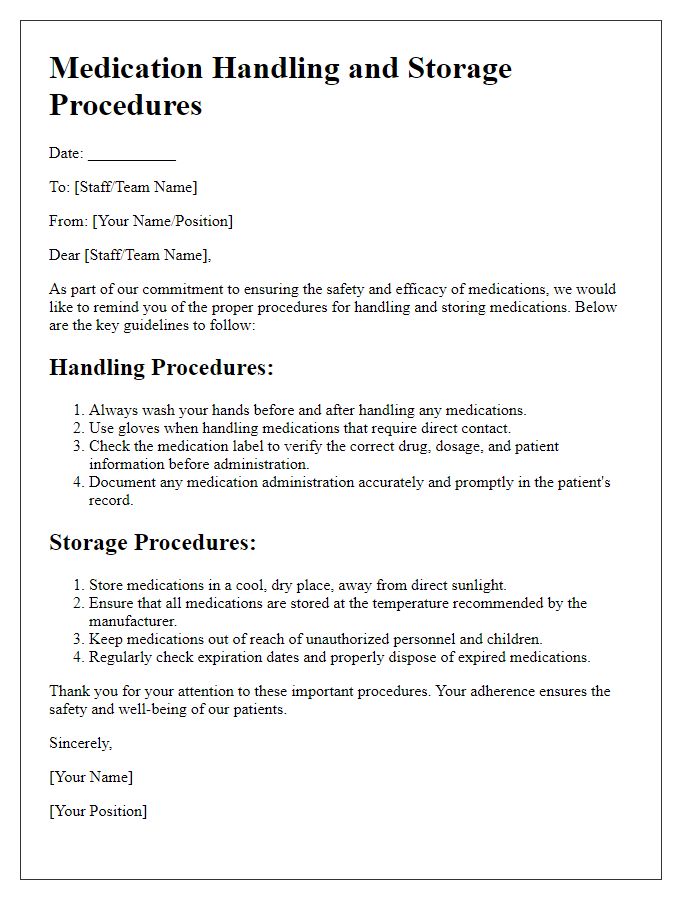
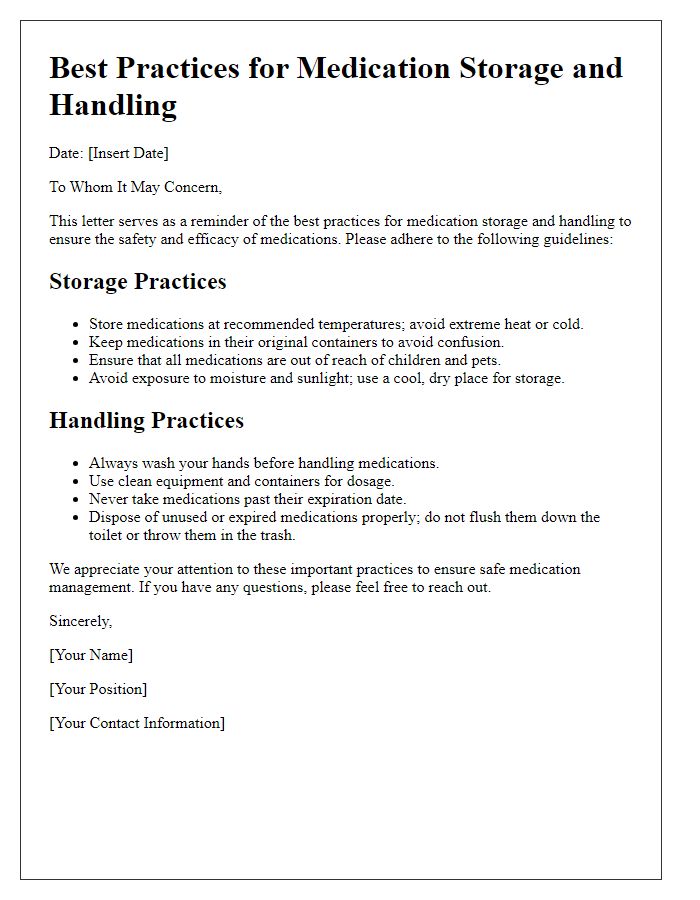
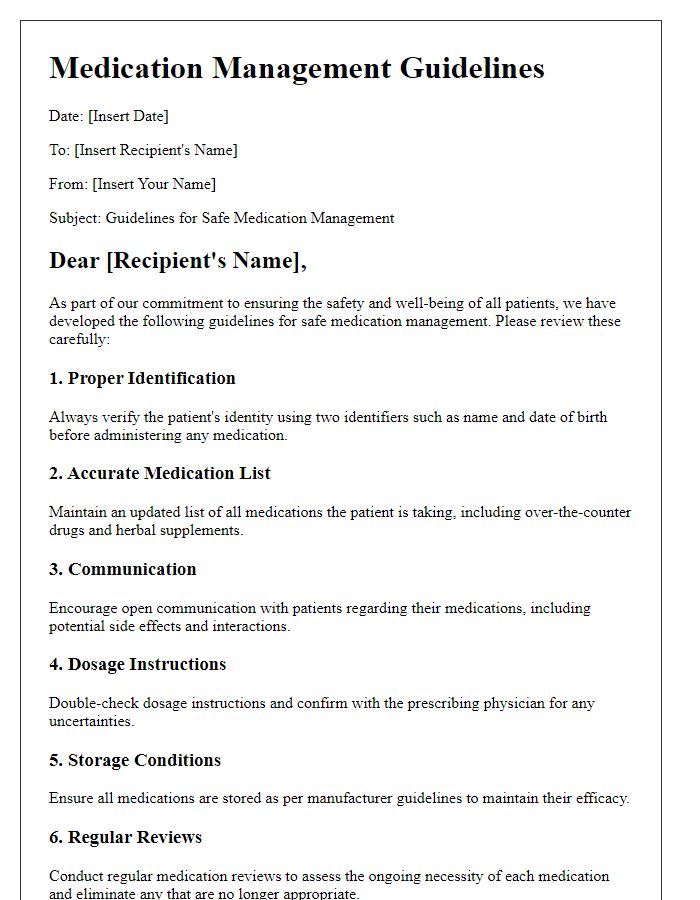
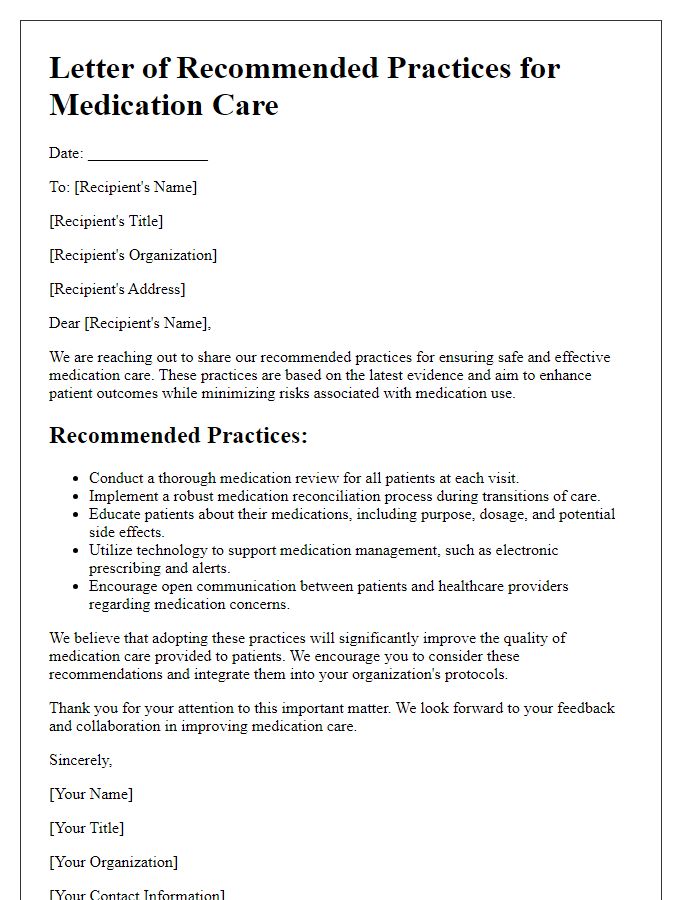
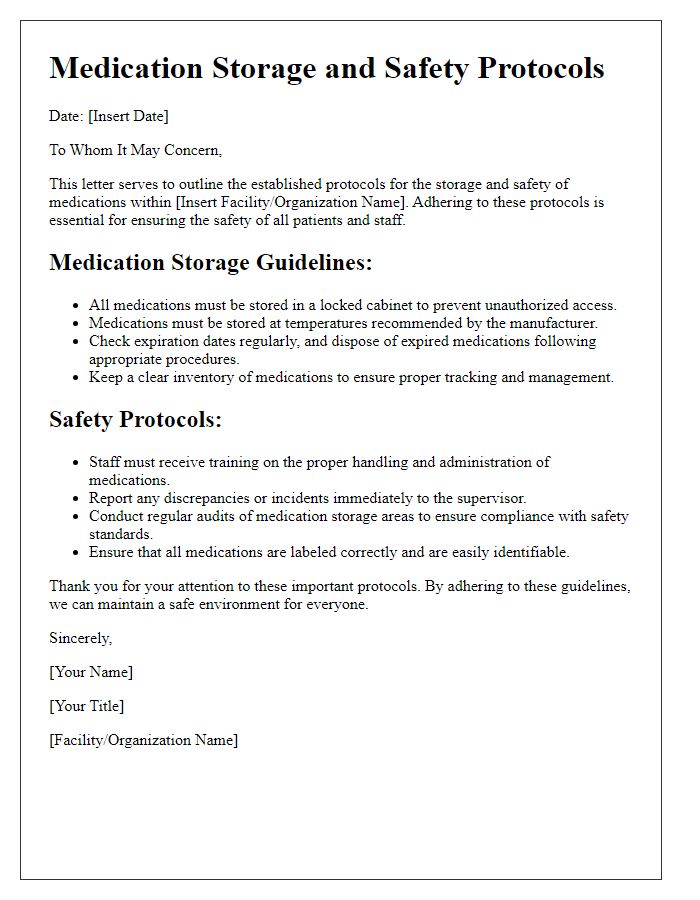
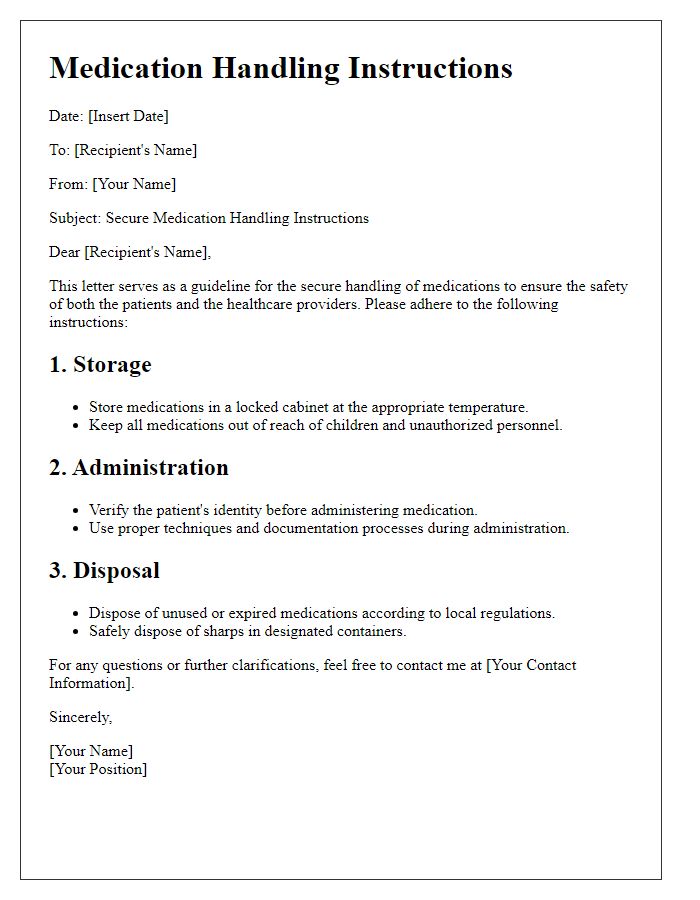
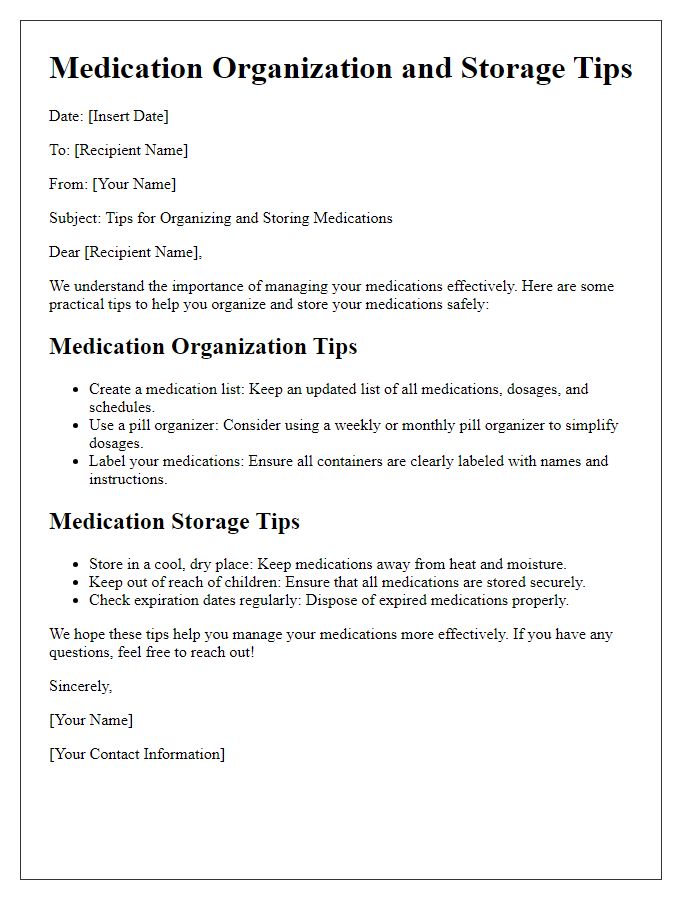
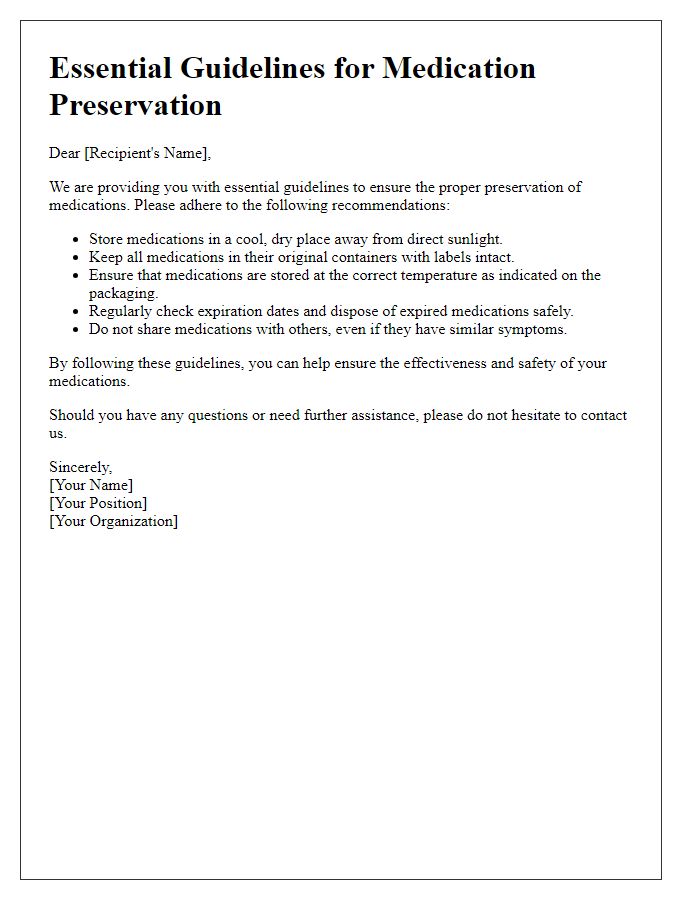
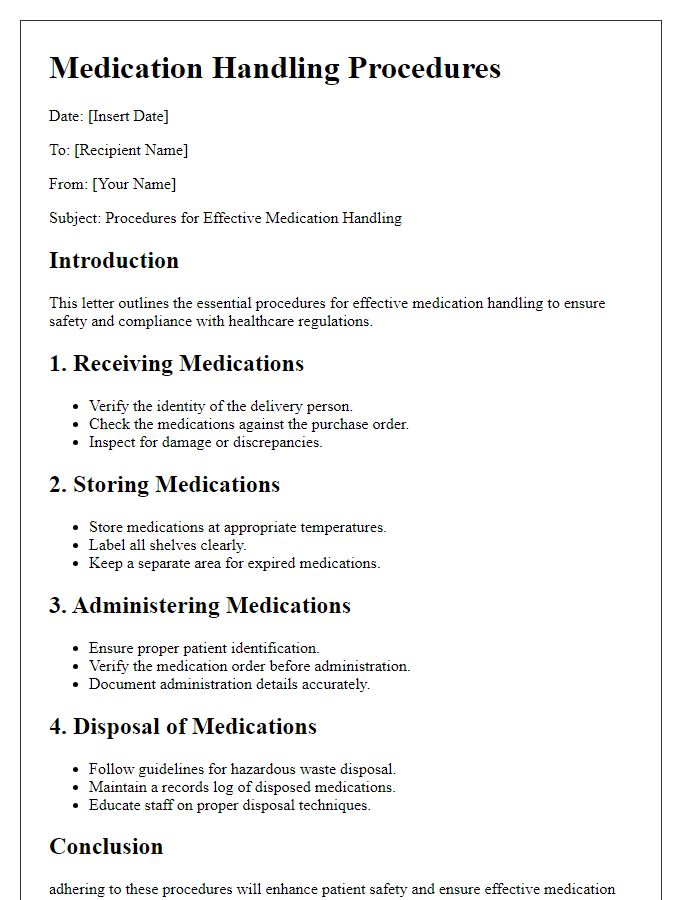
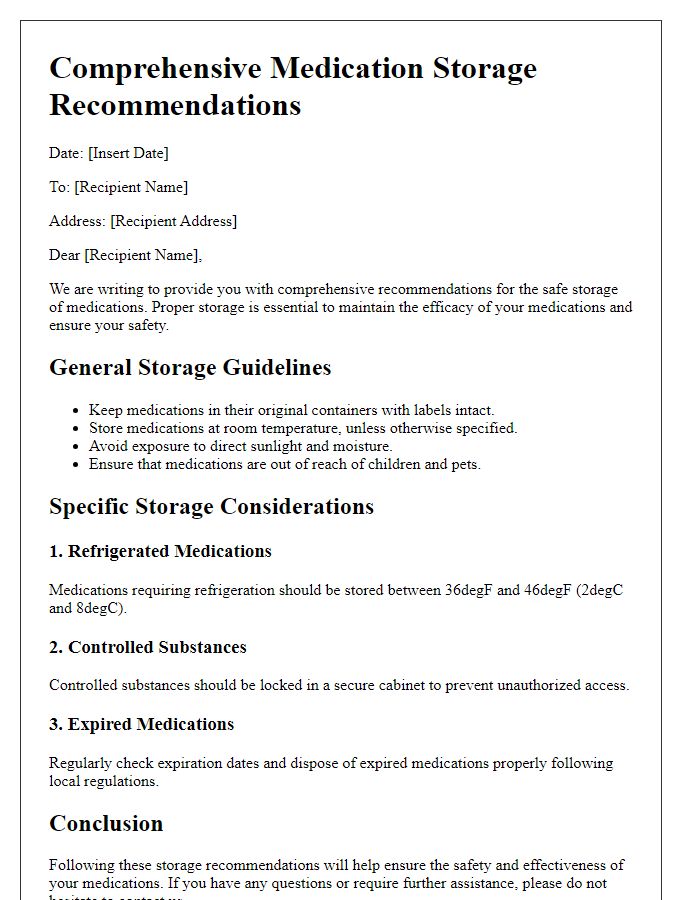


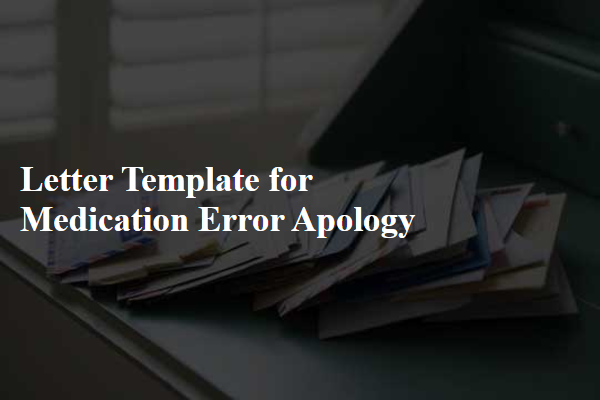
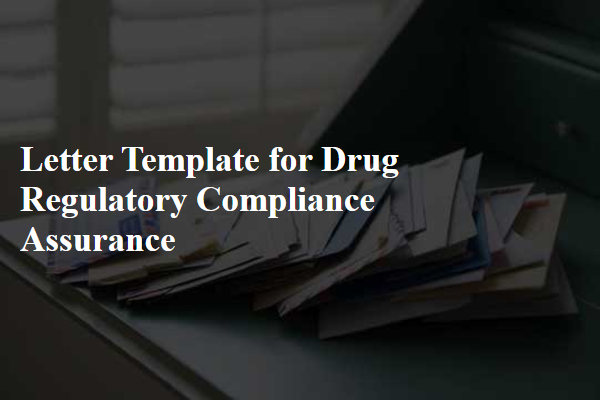

Comments